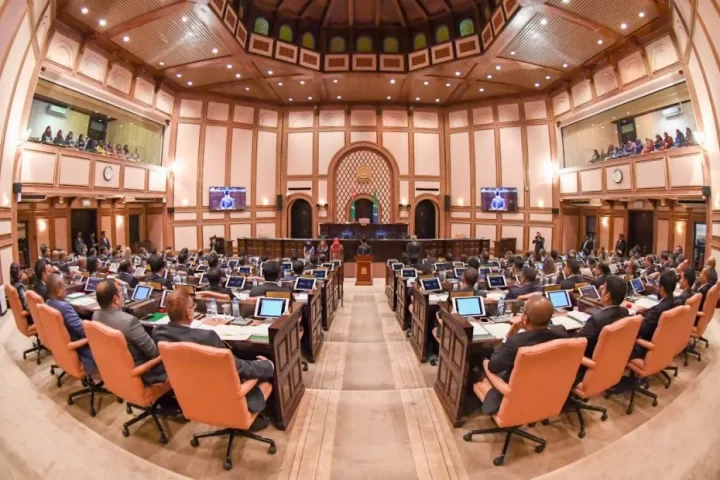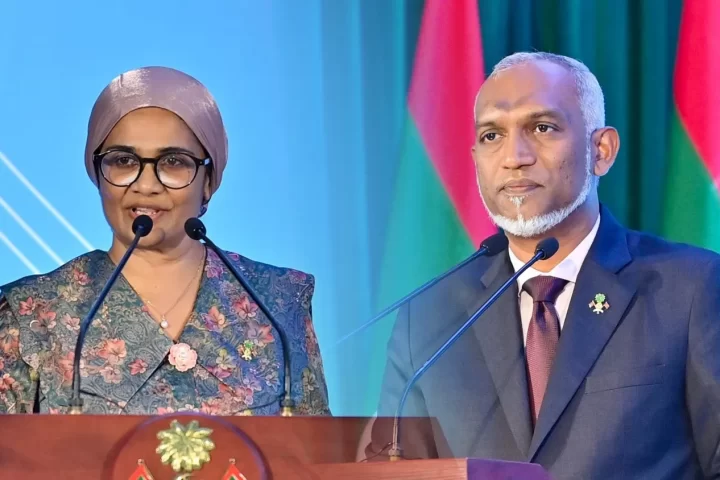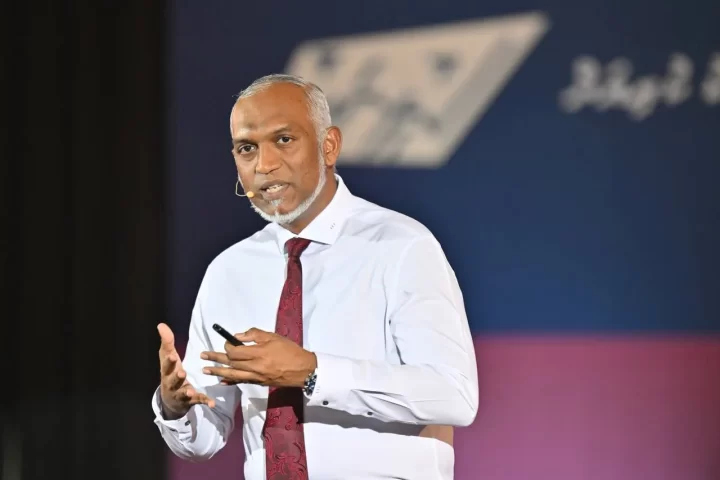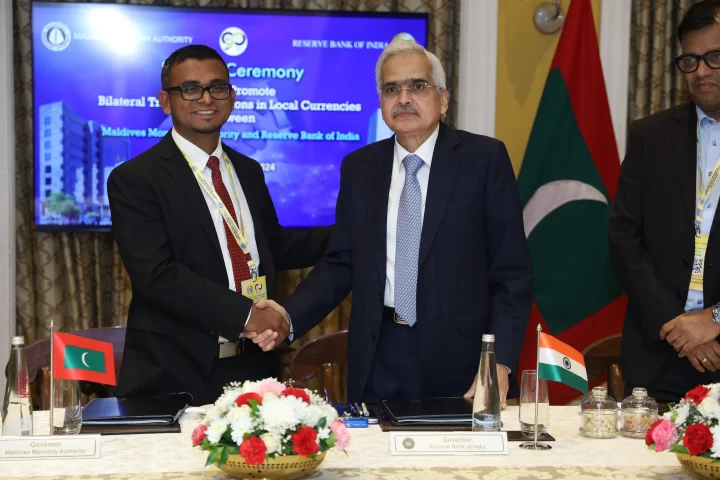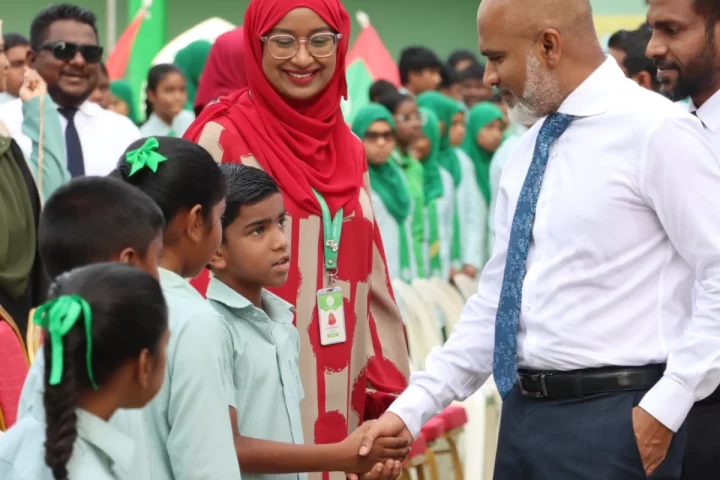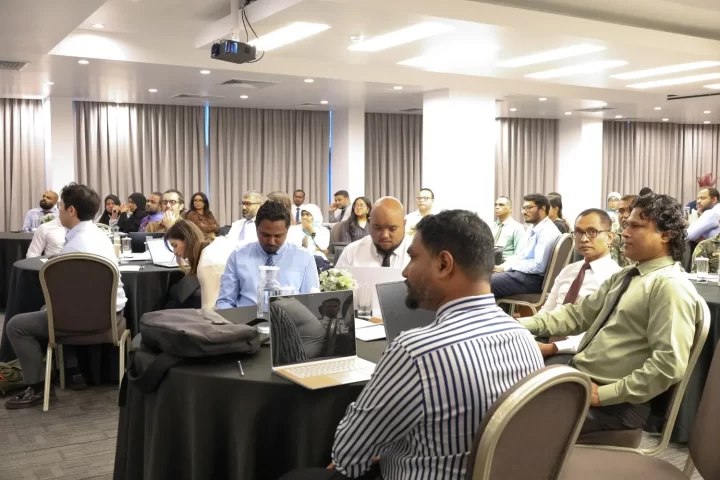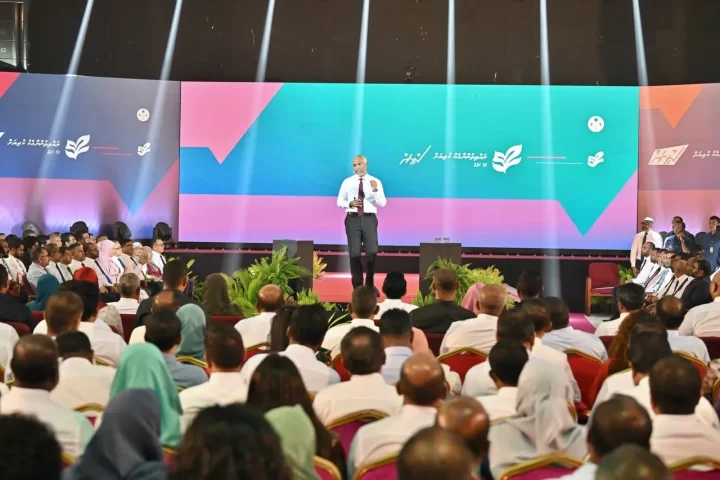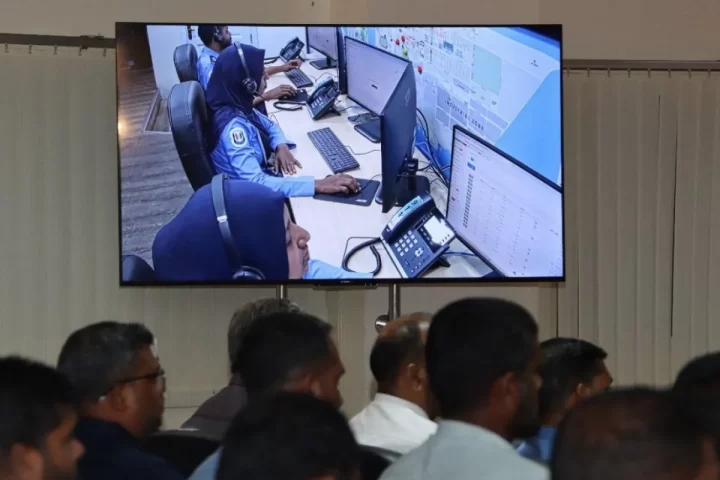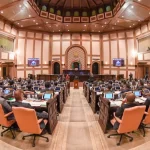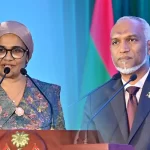For over three decades, the low-lying island nation of the Maldives has been leading the global conversation on the existential threat of climate change and rising sea levels. As one of the world’s most vulnerable countries, the Maldives hosted the pivotal Small States Conference on Sea Level Rise in November 1989, where former President Maumoon Abdul Gayoom issued an impassioned call for environmental action.
“We still do not have the answers to the many problems we have created. But simply because we cannot find a fire-extinguisher in the house, can we allow the fire to go on?” Gayoom declared in his opening address. This conference, along with the resulting Malé Declaration, contributed to the creation of the Alliance of Small Island States (AOSIS), an influential negotiating bloc at the United Nations.
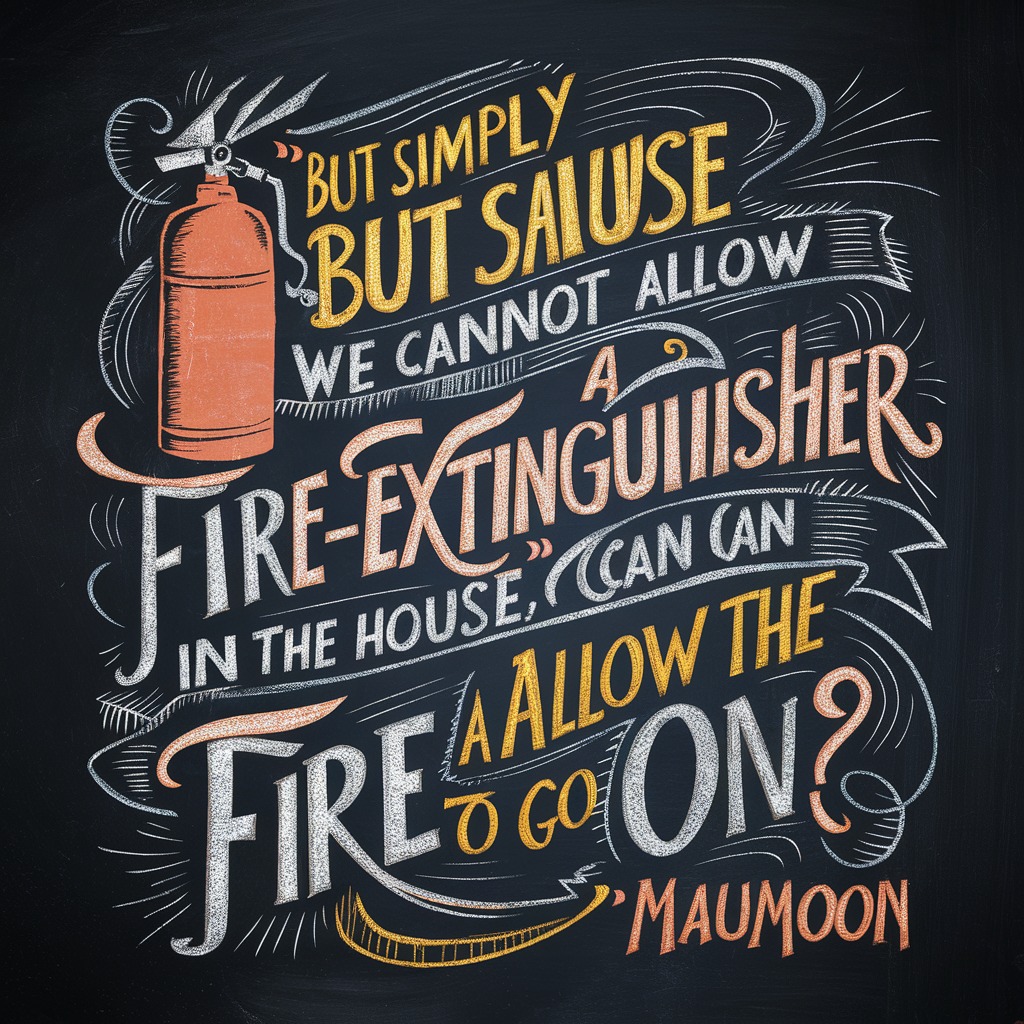
Under Gayoom’s leadership, the Maldives took proactive measures like building the artificial island Hulhumalé, raised two meters above sea level with coastal buffer zones – what current President Dr. Mohammed Muizzu called “a blueprint for survival” in an opinion article for The Guardian. Yet Muizzu lamented that the world often views small island developing states (SIDS) as “simply small idyllic islands” rather than population centers grappling with existential threats.
The Maldives has explored innovative solutions like pushing for a Multidimensional Vulnerability Index (MVI) at the UN to better capture the unique economic, social, and environmental vulnerabilities facing SIDS beyond GDP per capita measures. As Dr. Zuhuree, a Maldivian representative, stated: “Finance alone is not the be-all and end-all solution…Ensuring SIDS’ development, sustainability, and resilience requires essential capacity building.”
As AOSIS chair from 2015-2018, the Maldives elevated these concerns, and is now co-chairing preparations for the 2024 UN Conference that aims to chart a new sustainable development path for SIDS. However, challenges abound. President Muizzu revealed that the Maldives was forced to pause critical projects due to severe coral bleaching from global heating. His passion project “Ras Malé,” envisioned as the Indian Ocean’s first eco-city raised three meters above sea level, has struggled to access climate financing typically reserved for more narrowly-defined green infrastructure.
In his landmark 1989 speech, Gayoom pleaded: “Neither the Maldives nor any small island nation wants to drown. That’s for sure. Neither do we want our lands eroded, or our economies destroyed. Nor do we want to become environmental refugees either. We want to stand up and fight.” Over 30 years later, President Muizzu echoed this defiance, writing: “The world often thinks of SIDS as simply small idyllic islands, as if they were built solely for foreign visitors. In fact, Malé, our capital city, is roughly twice the size of New York’s Central Park and is one of the most densely populated capitals in the world.”
The frontline battle continues as we in the Maldives demand climate action and support commensurate with the civilizational, economic and environmental threats we face as a nation lying just meters above rising seas. All we ask is that wealthier nations heed our repeated pleas and help us fight to secure a sustainable future for our people and our islands.

